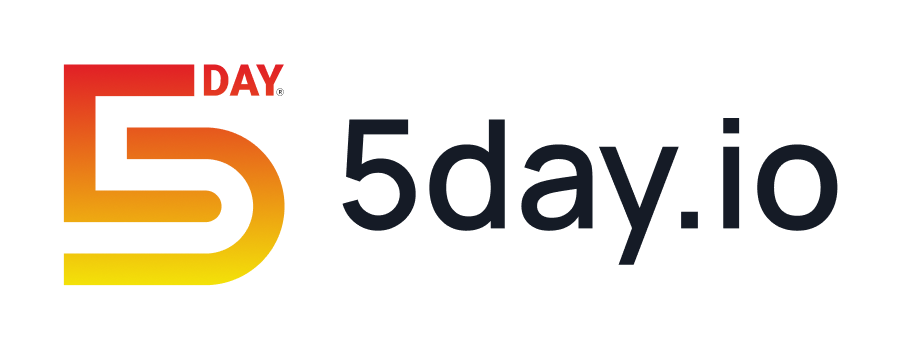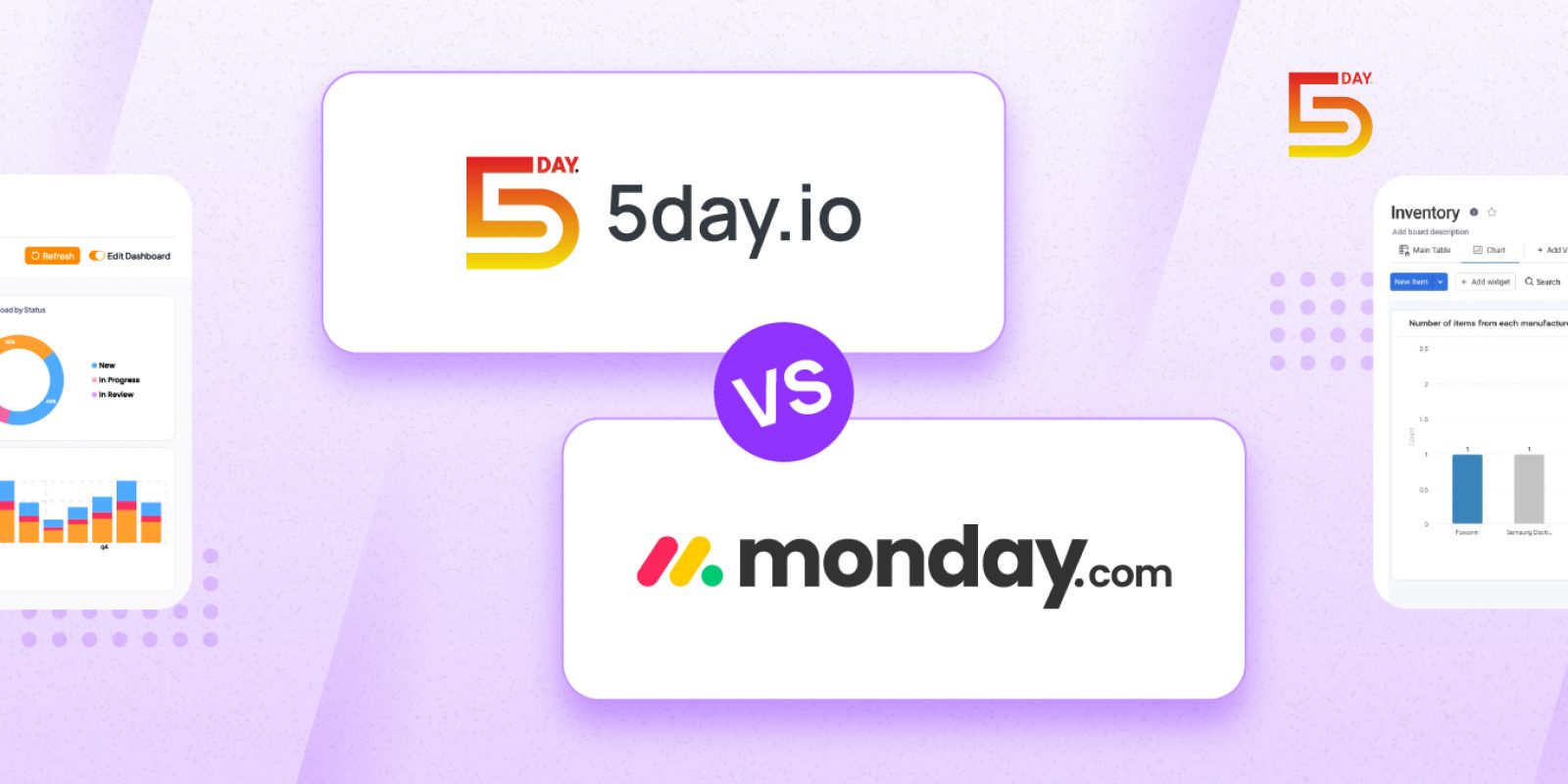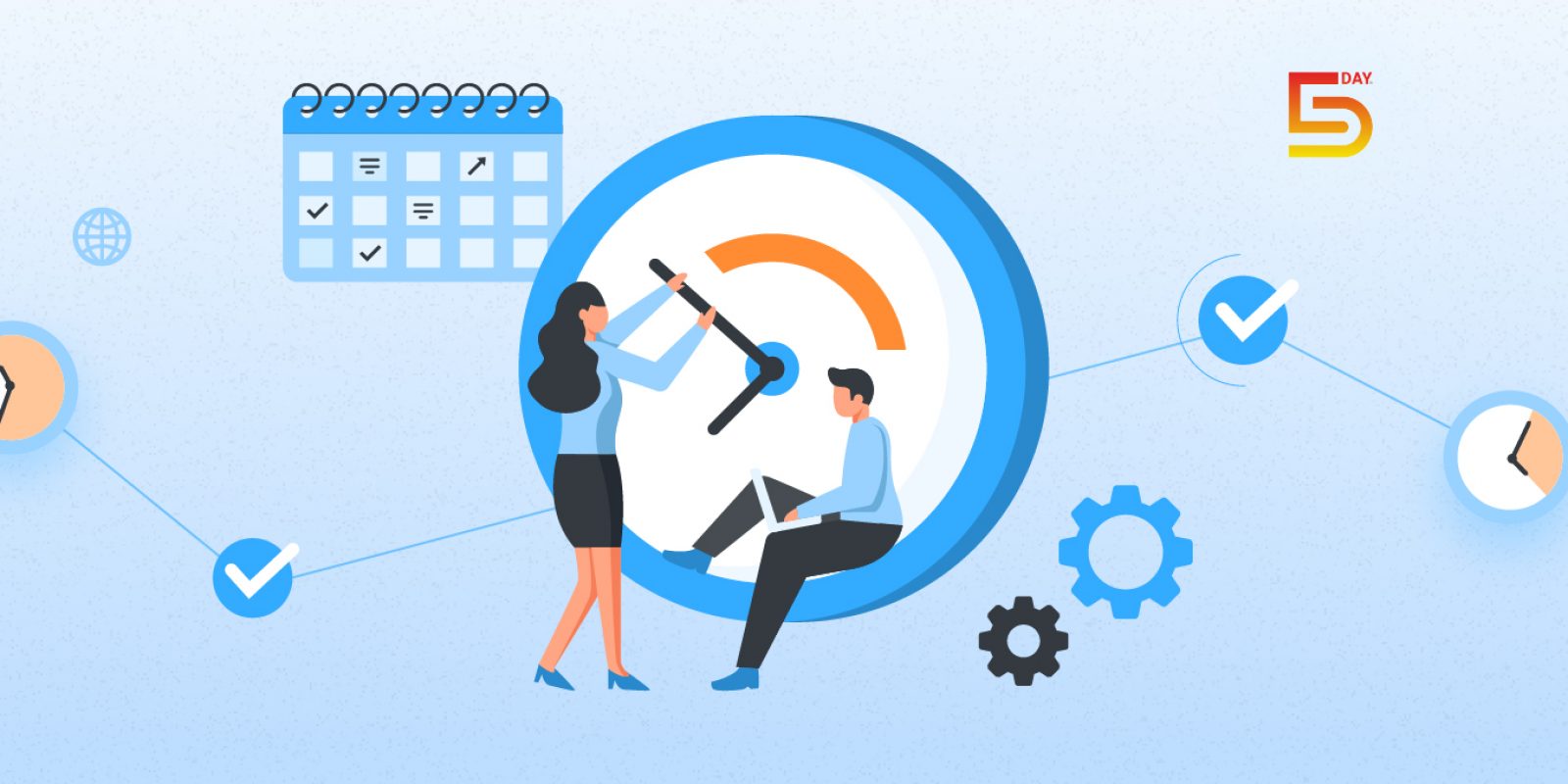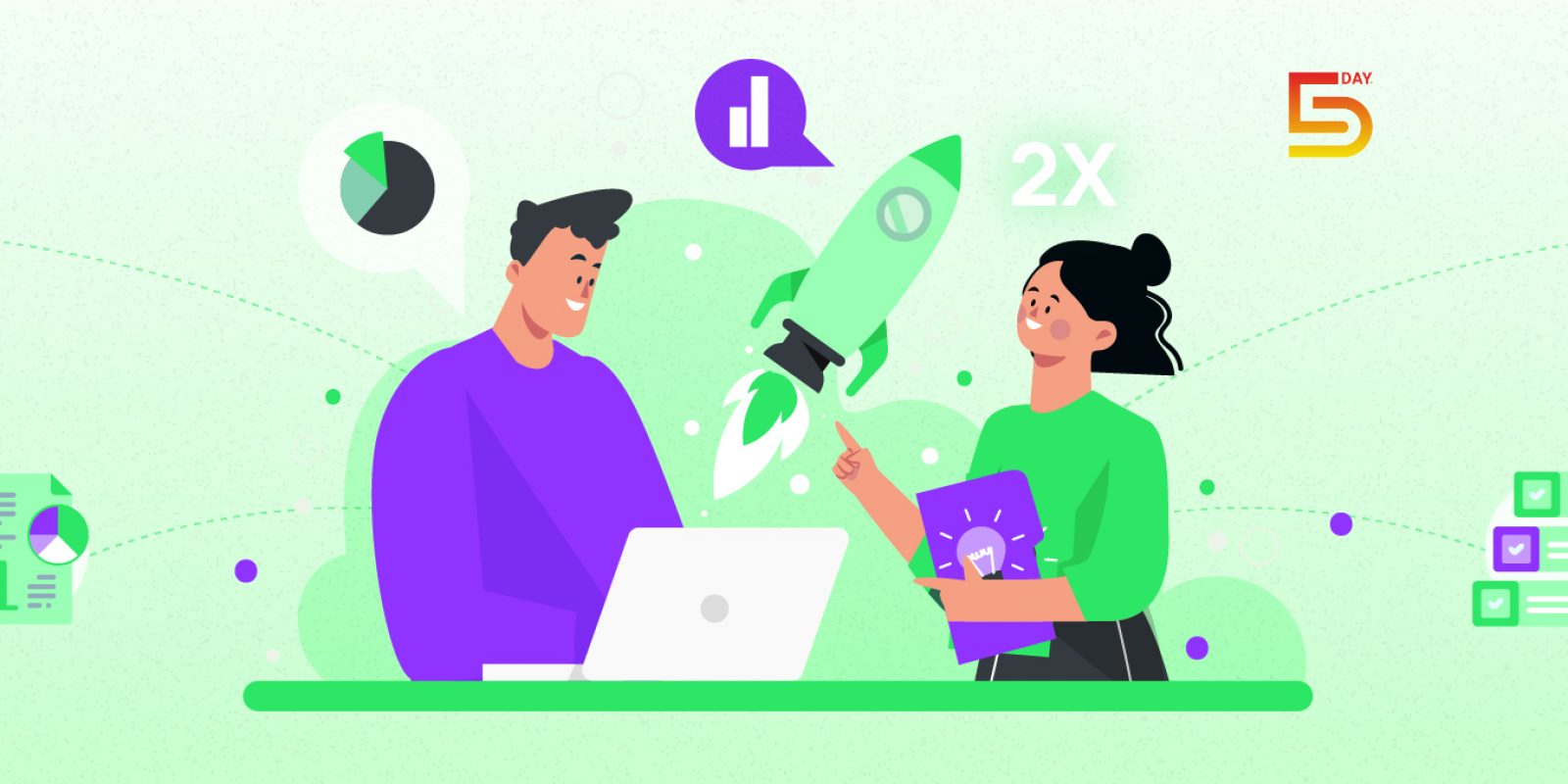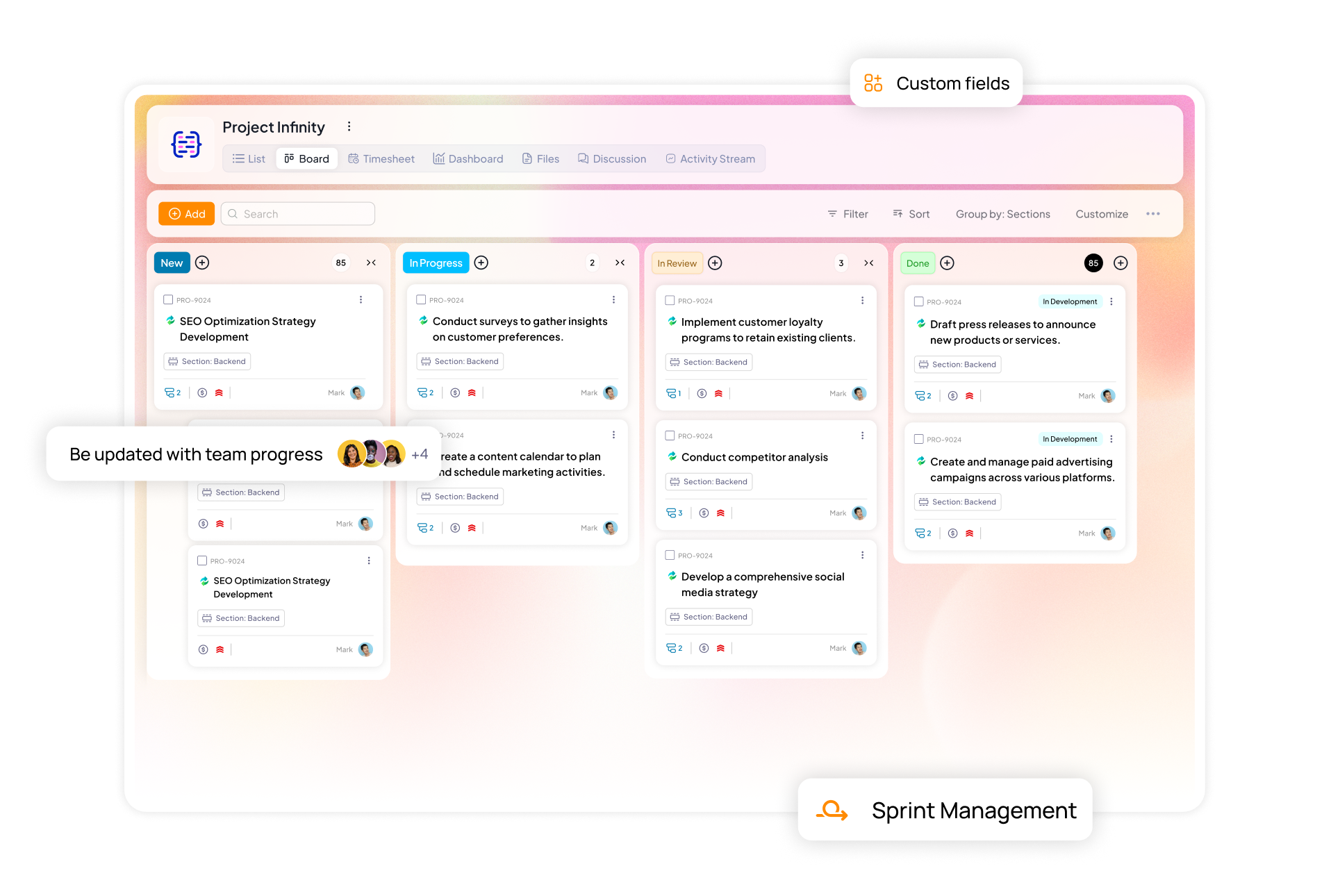In project management methodology, we compare and contrast two distinct approaches in software development and project execution. Among the top methods, there are two: waterfall and agile, each consisting of rules, their power, and weakness. It would be fantastic if companies or development teams understood the details behind each of these methods to make good decisions to improve their processes in software development.
In this blog, we will cover each project management phase with valuable insights and illustrations.
What is waterfall methodology
Sometimes, it is referred to as the linear-sequential life cycle model. This software development model is the traditional one that follows the sequential and structured approach in the development process. Waterfall is best suited for projects with requirements with deliverables for each phase before proceeding to the next one.
For example: Developing a simple website with a clear design and limited features can be effectively managed with waterfall.
This model is divided into many clear and distinct phases, with one stage totally dependent upon the successful completion of another phase.
Phases of the waterfall model:
- Requirements gathering: This preliminary stage covers the collection of detailed requirements from stakeholders, followed by an analysis aimed at delineating the project’s scope.
- System design: This includes the design of system architecture, components, and data structures based on the defined requirements.
- Execution: During this stage, the tangible coding and creation of the software are undertaken.
- Testing: The developed software is rigorously tested to identify defects, which are then fixed.
- Deployment: The software is rolled into the live environment with the successful completion of testing.
- Support: Sustained assistance and maintenance are provided on resolving any problem or improvement.
Pros and cons of waterfall methodology
Pros of the waterfall model:
- Clear structure and documentation: Waterfall model outlines a clear and well-structured framework with detailed documents that can easily be understood and hence managed.
- Easy planning and tracking: The sequential nature of the model provides ease for planning, scheduling, and tracking.
Cons of the waterfall model:
- Not flexible: Waterfall model makes it difficult and is often costly to incorporate changes to requirements once the project is complete. So, it’s not the best model when trying to fulfill new needs.
- User involvement: The feedback from the users is collected at isolated points and may create different expectations.
- Delay in defects discovery: Testing is conducted relatively later in the process, so the probability of costly rework increases if defects are discovered.
What is agile methodology
Agile methodology was designed to solve the problems of traditional Waterfall methods. It focuses on delivering work in small increments. The team continuously evaluates project plans, changes, requirements and can adjust to the changes quickly. It thus allows to deliver values to customers faster. Agile is best suited for projects where stakeholders are involved in every phase of the project.
For example, Google follows agile methodology. It builds a framework and then releases it to team of outside developers, who provide feedback and then the product is refined before beta test. After the framework development is completed, it is launched on an invitation basis. To date, Google has developed over 40 unique products including Gmail, android, and many more with agile development.
Principles of agile method:
Agile manifesto lists 4 core values,
- People and relationships over process and tool.
- Working software over comprehensive documentation.
- Customer Cooperation before Contract negotiation.
- Follow a plan over responding to change.
Agile frameworks
Many frameworks are part of Agile methodology, such as:
Scrum is an iterative, incremental framework that focuses on teamwork, accountability, and iterative progress
- Teamwork: Scrum emphasizes self-organizing, cross-functional teams. That means teams have the autonomy to manage their work and include other members with varied skillsets.
- Accountability: Daily scrum meetings foster transparency and accountability. The team discusses progress, bottlenecks, and plans for the day.
- Iterative progress: Work is divided into shorter cycles called sprints. Each sprint results in shippable product increment,
Kanban: A service-level visual workflow management system in the direction of continuous flow that limits work in progress.
- Visual workflow: Kanban board usually displays tasks in different stages (to do, in progress, done). This helps identify roadblocks and any areas for improvements.
- Continuous flow: The goal is to move tasks through the system as efficiently as possible to improve throughput and reduce lead time.
Lean is a manner of work targeted toward eliminating waste and creating more effectively.
- Lean identifies types of waste and eliminates it from the process.
- Lean introduces a culture of continuous improvement that facilitates small, incremental changes that augments efficiency.
Pros and cons of agile method
Pros of agile methodology:
- Flexibility and adaptability: Agile welcomes change and allows teams to adapt during the development phase.
- More user involvement: Continuous feedback ensures that the software actually meets user needs.
- Defects are detected early: Iterative testing detects defects early, thereby reducing the rework done.
Cons of agile methodology:
- Opportunity for scope creep: Agile, because of its very nature of iteration, was prone to scope creep unless diligently monitored.
- Highly experienced teams: Agile methodologies require self-organizing and cross-functional teams.
- Documentation overhead: Agile values working software, but good documentation is still important to be maintained.
Key differences between agile and waterfall model
Feature | Waterfall | Agile |
Approach | Linear, sequential | Iterative, incremental |
Flexibility | Low | High |
User Involvement | Limited | High |
Risk Management | Late | Early |
Documentation | Extensive | Minimal |
Team Size | Large | Small to medium |
Project Duration | Long | Short to medium |
Suitable for | Projects with well-defined requirements | Projects with evolving requirements |
Agile vs waterfall - how to choose the right methodology for a business project
There are some significant factors that determine the choice between Agile and Waterfall.
- Project size and complexity: The waterfall methodology is suitable for small, well-defined projects. However, agile works best for large complex projects.
- Requirement stability: If requirements are unstable, with Agile, changes are easy to make.
- Team experience: Agile demands experienced self-organizing teams.
- Customer involvement: Agile ensures high involvement of customers at every development stage.
- Time to market: Speed to Market agile’s style of work allows us to bring in software much faster.
- Risk tolerance: Incremental approach and early testing reduce the risk to a minimum.
When to use waterfall vs agile for project management
Agile methodology: know when to use it
- Unclear or changing requirements: Agile is great if project needs can be changed anytime since it accommodates flexibility and change in the development process.
- Adaptive developments: If it is valuable to provide feedback frequently and be working collaboratively, Agile involves stakeholders throughout the repeating cycle.
- Dynamic projects: Agile can be used on complex projects whose outcome is uncertain and offers flexibility to handle the changing requirements through out the project.
- Projects that rely on speed and continuous deliveries: Agile boasts of short work cycles and emphasis on deliverables which make it suitable for projects that incur strict deadlines or constant improvement.
Waterfall methodology: know when to use this
- Rigid structure: Waterfall’s controlled approach is useful only if the scope of the project is defined at the start and isn’t likely to change very often.
- Predictable projects: Upfront planning and documentation are major aspects of waterfall. Such is the reason it is very useful for projects that require predictability as well as risk reduction.
- Projects that involve many documents: If documents are critical to subsequent regulation or care, then Waterfall’s approach is very helpful.
- Few stakeholders: This kind of Waterfall model allows phase by phase approach which best suits providing feedback mainly at the end of the project.
Key consideration
- Team size and structure: This approach can be highly conveniently applied to big projects, but it works best with smaller teams that self-organize.
- Organizational culture: Agile would expect organizations to be open to change and collaborative, while Waterfall is typically better suited to traditional, layered organizations.
- Project constraints: The availability of resources, budgets, and time can affect any methods. It will all depend on the project, and what your team is best at doing. At times, a combination of both Agile and Waterfall will benefit the project in question.
Many organizations are attuned to both the strengths and weaknesses of Agile and Waterfall, and so they try a mix of the two. In this way, they can avail themselves of Waterfall’s organizational planning at the start and add flexibility and repeatable process derived from Agile during development.
Example of agile and waterfall
Agile success story: Spotify
Arguably, the most famous music streaming service is Spotify, and probably, the most superlative example of implementing agile successfully. Adhering to agile principles, Spotify is
- Enabled to ship new features as fast as possible.
- Aligned to ever-changing user preferences and market trends.
- Able to design the workplace to spur collaboration and innovation.
Waterfall success story: NASA space shuttle program
The NASA space shuttle program was an extremely critical project that utilized the Waterfall method quite excessively. In fact, it was so well-organized and documented that it helped NASA:
- The project involves high, scalable complexity.
- Ensure that safety and reliability are at their peak.
- Coordinate the efforts of thousands of engineers and scientists.
Conclusion
Indeed, it should not be confused that agile vs waterfall is a question of one being better than another, but rather a project, the company culture, and team skills issue. All these reflections should help organizations make smart choices and pick the method most fitting their needs and goals.
Want to start your project management journey?
Start now and try all the premium features free for 3 months.
